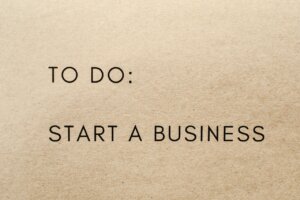To engage in strategic thought, you must think and reflect on the big picture—on the diverse players and forces in your competitive environment. Anticipate the future. Use your right brain for intuition and wisdom, and your left for planning. As Isaac Newton said, “Truth is the offspring of silence and meditation.”
Here are 50 tips and tools for effective strategic thinking skills:
1. Read Learning to Think Strategically, by Julia Sloan of Columbia University.
This is my favorite kind of book… the kind that has lots of my under-linings and margin notes left over from previous readings! That means I intend to come back to the book now and again for wisdom and guidance about my topics of interest… Strategy and Strategic Thinking.
Professor Sloan’s book traces the history of strategy, differentiates strategic thinking from strategic planning, describes the influence of culture, and introduces five key attributes for learning to thinking strategically. Learning to Think Strategically asserts that learning is the critical link to transforming strategic thinking into a sustainable competitive advantage.
2. Learn the four-stage strategic decision-making model.
Read the Schoemaker & Russo classic, Decision Traps, and learn the four-stage model. The model fits all sorts of decisions, be they tactical, opera Business Routine bucketstional, or, in our area of interest, strategic. In the rare instances when I have been asked for advice, I have often resorted to the model — shown below — to mask my otherwise dearth of wisdom. Here is what I have learned to ask people about the decisions confronting them: “Are you asking the right questions?” …”Have you gathered enough information to make a good decision?”… “Are you getting good advice from those around you?”… “What have you learned from decisions you’ve made in the past?”… I’ve found that these four simple questions go along way in helping people make good and sound decisions.
3. Set up a process to scan your Competitive Environment using Google Alerts.
Every day, I get a morning email from Google with links to all the articles that have been published in the past 24 hours on three topics near and dear to me: Competitive Advantage, Strategic Thinking, and Competitive Intelligence. For your use, you might want to track anything that mentions your company, your competitors, your key suppliers, or your favorite artist.
4. Think about setting up barriers to entry to protect your business.
Look into setting up exclusive relationships with customers, distributors, and suppliers. Make sure you are protected with trademarks and patents. And simply, be careful about giving away your intellectual capital. See Chris Sloan’s article in The Business Journals called How to create barriers to Entry that protect your business.
 5. Reach out to your customers for feedback.
5. Reach out to your customers for feedback.
Better yet, set up a Customer Insights research project for your company. When we perform a “Customer Value Analysis,” a process pioneered by Bradley Gale in the 1990s, we seek to learn more than the degree of “customer satisfaction.” Rather, we determine the importance weights of various attributes of quality and service as predictors of purchase and repurchase. Measuring performance on these attributes yields insight into where you need to improve your offerings, be they products or services. Find more detail about setting up a CVA for your company here.
6. Install a rigorous ongoing strategy process.
For ideas, look at an article called Managing the Strategy Journey in the McKinsey Quarterly. Authors Bradley, Bryan, and Smit suggest that moving from ideas to execution requires seven distinct modes of activity. The authors suggest a looping and re-looping approach to strategy-making with the following elements.
Idea Generation
- Frame: What are our objectives and constraints?
- Baseline: What is the reality of our performance and capabilities?
- Forecast: What do we expect of the future environment?
Development and Selection
- Search: What options do we have to create value?
- Choose: What packages of choices will define our strategy?
- Commit: How will we deliver the changes required in the strategy?
Execution and Refinement
- Evolve: How will the strategy unfold and evolve over time? How do we manage strategic risks?
 7. Give some thought to outsourcing business processes that are not in your wheelhouse.
7. Give some thought to outsourcing business processes that are not in your wheelhouse.
Nike makes shoes, right? Well, not exactly. Nike is a wonderful company with superb marketing capability. But Nike outsources the actual manufacturing process to someone else. So in that sense, Nike does not make shoes. Nike’s competitive work is the design and marketing of athletic shoes. Obviously, the company has succeeded for years at doing just that. Knowing when to outsource work and when to keep it in-house is key to a successful strategy.
You’d never outsource your competitive work, of course, but sometimes it is best to have others do the rest, so you can focus on the strategic work. To learn how to categorize your work into Competitive, Competitive Enabling, and Business Routine buckets, follow the link.
8. Visit and study your competitor.
How is their business model different from yours? What do they say makes them unique? What do they do better than you do? Why? Paul Gustavson tells the story of seeing a Walmart manager while shopping in the store of Walmart’s key (at the time) competitor–a once mighty retail chain now all but vanquished by Walmart. “Isn’t that the manager from Walmart?” Paul asked an employee. “Oh, yeah,” was the reply, “We see him here more than we do our own manager!” The visiting Walmart manager, of course, was gathering competitive intelligence and simply gathering good ideas as he “shopped.”
9. Convene your strategic team and talk about nothing but what you have learned over the past year.
This “Lessons Learned” process sets the U.S. Army apart as an outstanding “learning organization.” From the Army’s Lesson’s Learned document published after the Gulf War: “One of the great, and least understood, qualities of the United States Army is its culture of introspection and self-examination.
American soldiers, whether it is the squad leader conducting a hasty after-action review of a training event or the senior leader studying great campaigns from the past, are part of a vibrant, learning organization.” Their motto—The Past is Prologue—neatly and poetically summarizes the Army’s approach.
Look at the way the US Army masters the Lessons Learned process. It’s really extraordinary what they are doing.
10. Keep an eye out for potential disrupters and threats to your business model.
Make sure you are constantly on the hunt for intelligence about not just what is happening, but what may happen in the future. Michael Birshan and Jayanti Kar write in the McKinsey Quarterly that “Picking up weak competitive signals is more often than not a result of careful practice: a systematic updating of competitive insights as an ongoing part of existing strategic processes.
Executives with diverse backgrounds can boost the quality of dialogue by contributing to—and insisting on—issue-based competitive analyses. Who is well-positioned to play in emerging business areas? If new technologies are involved, what are they, and who else might master them? Who seems poorly positioned, and what does that mean for competitive balance in the industry or for acquisition opportunities?”
11. Spend more time in the shower… or wherever you get your best ideas.
Aaron Sorkin, creator of the TV show West Wing — not to mention that new Steve Jobs movie — describes his process for doing creative work: “Take a shower, put on clean sweatpants, try to write; have another shower, put on a comfortable outfit, take a crack at writing; shower again.” Sorkin admits to up to six showers a day.
There is science behind the idea. Studies show that when you are doing something “mindless” like showering, running, or driving down the interstate, your brain enters a state sometimes called “theta.” This is similar to the state you are in in the moments between sleep and wakefulness. Free associations lead to new connections, and new connections lead to new ideas you haven’t put together before.
12. Read a book on history.
When you are faced with the most important and strategic decision of your life, where can you go for wisdom? Can you find insight in a book of history? Facing a world in crisis, John F. Kennedy did just that.
See my blog entry called To Learn Strategy, Read History, describing how President Kennedy’s strategic decision-making during the Cuban Missile Crisis was greatly affected by his reading of Barbara Tuchman’s book about the antecedents of World War 1 called The Guns of August.
Kennedy said he wanted to “send a copy of that book to every Navy officer.” Indeed, JFK had his aides read The Guns of August and had copies distributed to every US military base in the world.
“It had a huge impact on his thinking, becoming the dominant metaphor for JFK on the crisis,” said Graham Allison, author of Essence of Decision: Explaining the Cuban Missile Crisis.
13. And read MORE history.
While you are in a World War 1 frame of mind — Read Paris 1919: Six Months that Changed the World.
- It was 1919. The “war to end all wars” had come to a close, with the Allied forces finally defeating Germany and Austria-Hungary after a devastating conflict in after which there were no real winners.
A conference was held at Versailles Palace in France at which decisions would be made to shape post-war Europe. Among the participants were three leaders who would become the “Big Three” and would dominate actual decision-making: the American President Woodrow Wilson; David Lloyd George, Prime Minister of the United Kingdom; and the 77-year-old statesman Georges Clemenceau of France.
As I read historian Margaret Macmillan’s marvelous book, I was shocked to learn how the history of our globe over the past 96 years was shaped not by a thorough and comprehensive decision-making process, but by, simply, what these three gentlemen thought ought to be done.
Woodrow Wilson, for example, was enamored with the idea of creating a country to be called “Iraq.” As he said “Basra, Baghdad, and Mosul should be regarded as a single unit for administrative purposes and under effective British control.”
Umm, yeah… that was effective!
 14. Learn Search Engine Optimization (SEO).
14. Learn Search Engine Optimization (SEO).
No matter how removed you are from your digital marketing group, as a strategic leader you should know what keywords people use to find your company. After all, the keyword is the digital manifestation of your brand in the competitive marketplace. Think about it this way: The search term that people find you with on the internet… that’s your brand.
I enjoyed reading and trying out some ideas in SEO Strategy For Business – How To Build A Keyword Opportunity Model.
Author Nick even introduces a new strategic metric he calls RoSEO (Return on SEO). He says the metric is meant to get you thinking about the implications of cost versus revenue in terms of return on SEO. The model includes variables such as click-through ratio and rate of conversion of clicks to sales. Not the stuff of CFO thinking in days gone by. As mentioned, since the search term is so intricately linked to your brand, RoSEO can also be thought of as a “Return on Brand Investment”.
15. Learn more about who your customers and followers are by peeking to see who is linking to your website.
Here is a great set of tools for researching “back-links” to your site and improving your visibility on the web. While you are there, read Brian Dean’s case study titled: “How Emil Turned a “Blah Blog” Into an Online Sales Machine.” I was captivated by the story. The case study describes the strategic actions that a young client — Emil Shour — used, based on Brian’s guidance, to draw thousands of readers to his website.
Emil runs content marketing and SEO at SnackNation, a “healthy snack” delivery service. He wanted to draw more attention to his company’s website and build a stronger brand. Emil learned to use internet tools to identify the followers of his competitors’ websites (potential customers for Emil’s company!) and how to identify the keywords people use who are searching for services that SnackNation can provide.
He used this information to reach out to and win new customers. Even if you don’t have the slightest interest in online marketing, read the case study to reinforce ideas about the strategy process. [BTW, check out SnackNation’s blog to see some great case studies about Employee Wellness programs.]
16. Learn about the Whole Brain methodology and the required brain dominance for strategic thinking.
I understand the context around me in a different way than you do. Some of us are most moved by thoughts of the big picture. Others look first at the details. For some of us, we make decisions with our emotions out front. Others are focused on the facts. The “whole brain” approach shows us how to make change happen by leveraging individual differences.
Visit HerrmannSolutions.com and respond to the instrument to see
your preferred style of thinking. Or read Ann Herrmann’s Whole Brain Business Book to learn an approach to business effectiveness drawing on an understanding of the ways we differ from each other.
Learn More about the Whole Brain Business Book. here.
17. Watch Ann Herrmann’s TED TALK.
Ann is the CEO of Herrmann International. Listen and watch as Ann tells us about how her father hooked her up to an EEG to see which parts of her brain were most active as a teenager.
18. Plan for the unknown future… Develop Scenario Plans and Crisis Management Response
In The Art of War, Sun Tzu introduced a concept he called shih. Shih is the state of calm readiness at which an army stands, with a variety of options at hand. Sun Tzu’s army did not have a specific program or plan but understood the competitive landscape and all of its options. As the battle began, decision-makers high and low knew what to do as each contingency played out.
Sun Tzu said that the skilled leader knows shih so well that he/she can use it to achieve effortless victories. He advises:
One who uses shih sets people to battle as if rolling trees and rocks.
As for the nature of trees and rocks —
When still, they are at rest.
When agitated, they move.
When square, they stop.
When round, they go.
That is to say, the skilled leader anticipates and recognizes the dynamics in the ever-changing environment that tell him it is time to execute a previously choreographed response. Today, we call this scenario planning. Scenarios are “alternative futures” that cannot be predicted due to uncertainty. The term is borrowed from the world of drama since each alternative future is described in terms of a “story” or scenario. Scenario planners identify clusters of events that could happen, and imagine how things would be impacted should these events actually occur.
 Some scenarios are positive, such as a world event that causes you revenue opportunities. Some are true disasters … weather events, computer hacks, bankruptcies of key suppliers, and so on. Great leaders, Sun Tzu tells us, anticipate each possible scenario and prepare a response for each contingency.
Some scenarios are positive, such as a world event that causes you revenue opportunities. Some are true disasters … weather events, computer hacks, bankruptcies of key suppliers, and so on. Great leaders, Sun Tzu tells us, anticipate each possible scenario and prepare a response for each contingency.
Jonathan Bernstein defines a crisis as “any situation that is threatening or could threaten to harm people or property,
seriously interrupt operations, damage reputation and/or negatively impact the bottom line.” Jonathan and his team at Bernstein Crisis Management help clients attain a state of readiness — Sun Tzu’s shih. Armed with scenario and contingency plans, Bernstein’s clients are prepared for all aspects of crisis management – crisis response, vulnerability assessment, planning, training, and simulations.
19. Going on a trip? Grab a book
Grab a book you can read in its entirety as you travel to and fro. Perhaps try William Duggan’s delightful (and short) book called Creative Strategy: A Guide for Innovation.
Duggan explains the critical steps to innovate in business and any other field as an individual, a team, or a whole company. The critical step — the search for past examples — takes readers beyond their own brain to a “what-works scan” of what others have done within and outside of the company, industry, and country. It is a global search for good ideas to combine as a new innovation. Duggan illustrates creative strategy through real-world cases of innovation that use the same method… from Netflix to Edison, from Google to Henry Ford.
I also learned a great deal from Duggan’s previous book, Napoleon’s Glance: The Secret of Strategy. Hmm… Maybe that one’s better… Yeah, read Napoleon’s Glance first. If you like it, Creative Strategy will help you apply what you learned from Napoleon.
20. Read the Blue Ocean Shift, by W. Chan Kim and Renee Mauborgne.
21. Make sure your company has a high-level strategic scorecard.
Define the long-term goals that are aligned with and will drive desired behaviors. As everyone knows by now, these goals should be “specific, measurable, and attainable”. Useful goals should:
- Be linked directly to environmental demands, particularly to customer needs
- Be congruent, both horizontally and vertically, throughout the organization
- Drive breakthrough improvements in addition to incremental improvements
- Define the organization’s priorities
- Be attainable
Key questions a good system of goals and metrics should address include:
- What are the ultimate targets, what are the interim targets?
- What is our current performance? What is it relative to others?
- How do we know we have won?
- What will have clearly happened that we can point to as achieving our vision?
- Do these goals stretch the organization?
- What are the ways we will measure progress toward the goals?
22. Make sure your strategic decision-making team is a diverse and flexible group.
The Strategic Thinking and Strategic Action blog is a great resource for insight into the do’s and don’ts of strategic decision-making. Recent articles there include an explanation of “Decision Traps, Flaws, and Fallacies” and how to “Open Up Your Thinking. Make better decisions in a group process.”
23. You probably already own it… Now read it!
Doris Kearns Goodwin’s excellent book Team of Rivals explains how instead of bringing in a cadre of leaders whose thinking closely matched his own, Abraham Lincoln made a point of surrounding himself with his political rivals, naming William H. Seward, Salmon P. Chase, Edwin M. Stanton, and Edward Bates – all of whom had opposed Lincoln in a bitterly fought presidential race – as members of his cabinet.
Despite initial misgivings, this unlikely team learned that Lincoln valued their opinions, would consider and reflect on their disagreements and challenges, and would not stick unnecessarily to preconceived notions.
Though the mix of personalities and opinions inevitably led to debate and verbal conflict, Lincoln was able to facilitate and mediate, tapping into a rich variety of ideas in order to find the optimal solution to political and military issues.
 24. Look at your business as a series of experiments.
24. Look at your business as a series of experiments.
That’s what eBay does. (See How to Design Smart Business Experiments, by Thomas Davenport, in HBR.) At eBay, there is an overarching process for making website changes, and randomized testing is a key component. eBay benefits greatly from the fact that it is relatively easy to perform randomized tests of website variations.
Its managers conduct thousands of experiments with different aspects of its website and are able to conduct multiple experiments concurrently and not run out of treatment and control groups. Simple A/B experiments (comparing two versions of a website) can be structured within a few days, and they typically last at least a week so that they cover full auction periods for selected items.
Davenport explains that online testing at eBay follows a well-defined process that consists of the following steps:
- Hypothesis development
- Design of the experiment: determining test samples, experimental treatments, and other factors
- Setup of the experiment: assessing costs, determining how to prototype, ensuring fit with the site’s performance (for example, making sure the testing doesn’t slow down user response time)
- Launch of the experiment: figuring out how long to run it, serving the treatment to users
- Tracking and monitoring
- Analysis and results
25. Find a way to work the following into a conversation: “Strategic Planning is an oxymoron, don’t you think?
26. Lose yourself in an online brainstorming tool…
Try Soovle, and enter “strategic thinking” in the center box. Let the internet take you on a ride of free association. Or use it to understand the keywords people use to find you or your company.
27. Check the Page Rank of your website
Then check out the same for your competitors. Where do you stand on the digital battle scape? Need to improve?
28. Understand your generic strategy.
Look at the four generic strategies in the 2 by 2 model below. Can you place your company in one, and only one box that fits its strategy? If you can’t you may not have a strategy. Learn more here…
29. Use LinkedIn for strategic purposes.
Here’s a great article in Forbes that explains how do to it: Five LinkedIn Strategies You Haven’t Thought of Before.
30. Use Twitter for business purposes.
Here are 50 tips on how to do so, provided by Chris Brogan. As an example, Chris’s tip #24 is “Use services like Twitter Search to make sure you see if someone’s talking about you. Try to participate where it makes sense.”
31. Think about the Worst Decisions Ever Made and make sure you don’t follow suit!
I enjoyed a book called Idiotica: History’s Worst Decisions and the People Who Made Them. Examples include pre-WW2 France’s decision to stake the defense of their country on the Maginot Line, the approval of the drug thalidomide, and Custer’s decision to go “all in” at the Little Big Horn.
32. Revisit and test your assumptions.
- In Thinking In Time: The Use of History for Decision Makers, Richard Neustadt, and Ernest May suggest that decision-making groups should begin by listing key elements of the immediate situation in three separate columns under the headings of Known, Unclear, and Presumed. Assertions made by the decision-making group should be subject to constant challenge as facts are distinguished from assumptions.
- In corporate settings, we try to leave key assumptions in clear view on a whiteboard or flip chart to remind us that our deliberations are built on a foundation of beliefs that may or may not ultimately stand as facts. As the intelligence-gathering process continues, the list of assumptions can be changed with the swipe of a white-board eraser, signaling to all that decisions should be tested against the latest set of assumptions.
When decision-makers refer to other decisions made in the past, they sometimes reveal assumptions that are so deeply embedded in their thinking that they are unaware of the extent to which the present decision-making process is flowing through a channel laid out by the flow of previous decisions and events.
 33. Build a competitive intelligence-gathering process for your company.
33. Build a competitive intelligence-gathering process for your company.
As Napoleon said, “The right information at the right time is 9/10 of any battle”. Intelligence-gathering involves seeking both the knowable facts and the reasonable estimates of unknowables that you will need to make decisions. To set up an effective intelligence-gathering system, we ask clients to agree to the following principles:
- Information is factual — Intelligence, on the other hand, is a collection of information pieces that have been filtered, distilled, and analyzed.
- Intelligence, not information, is what managers need to make decisions — Another word for intelligence is knowledge.
- Information has become a commodity — Intelligence is the most important source of competitive advantage today.
34. Examine your mental models, theories, and strategic frames.
For the strategist, a useful theory provides a way of understanding the dynamics of the complex strategic environment, recognizable indicators or warning signals of change, and agreed-upon means of dealing with change. Simply put, a theory is one’s notion of cause and effect.
 In his influential book The Fifth Discipline, Peter Senge refers to hypotheses about cause and effect as mental models. To Senge, mental models are “deeply ingrained assumptions, generalizations, or even pictures and images that influence how we understand the world and how we take action” (Senge 1990: page 8). Mental models are useful and, indeed, unavoidable.
In his influential book The Fifth Discipline, Peter Senge refers to hypotheses about cause and effect as mental models. To Senge, mental models are “deeply ingrained assumptions, generalizations, or even pictures and images that influence how we understand the world and how we take action” (Senge 1990: page 8). Mental models are useful and, indeed, unavoidable.
By nature, we form beliefs about cause and effect. One person may form a mental model that says people are best moved toward excellent work by the promise of monetary rewards. Someone else may hold to the mental model that the best determinant of good and diligent work is the intrinsic satisfaction of the effort itself.
Both of these mental models can be stated in cause-and-effect terms. A good mental model is “disconfirmable.” That is, we can put models and hypotheses to the test through experimentation or simply through continued observation of events and results.
35. Consider your personal brand and strategy.
Look to experts for advice. Andria Younger provides tips on personal branding on her blog. For example, Andria provides free advice on such simple matters as how to reinforce your personal brand strategy using your email signature.
36. Take an online course.
A MOOC is a “Massive Open Online Course”. Stanford offers several free MOOCs of interest to the strategic thinker. Stanford Online offers a variety of professional education opportunities in conjunction with many of the University’s schools and departments, and free online courses taught by Stanford faculty to lifelong learners worldwide.
37. Conduct a Customer Value Analysis (CVA).
If customers can obtain greater value elsewhere, they will. Studies have indicated that the value of a company’s product or service, as perceived by its customers, is the single best predictor of future changes in that company’s market share.
Customer Value Analysis produces more than a simple measure of customer satisfaction. It results in a more meaningful and more important measure, one that compares a company to its competitors in terms of the value provided by each. The CVA analysis answers a critical question for many companies “How satisfied are our customers with our products and services compared to our competitors’ products and services?”
38. Stop dithering and start deciding.
See what Psychology Today has to say about that!.
39. Use a blog for strategic purposes.
Susan Gunelius suggests you keep the following tips in mind as you begin to use blogging and internet communications for strategic purposes.
- Define your long-term goals for your blog.
- Write blog posts with a long-term focus.
- Promote your blog posts.
- Keep overt self-promotion to a minimum.
- Don’t let short-term thinking get in the way of reaching your long-term goals
See more detail in her blog post about blogging strategy here.
40. Revamp your blog.
Look here for several great examples of business blogs. Check out these websites for ideas about setting up a business blog.
41. Join LinkedIn groups.
Stay involved in high-level discussions about the future of your industry by joining a LinkedIn group. Not sure how? Try this: How To Join a LinkedIn Group for Dummies.
42. Now that you know how to join the Strategy Reading Group.
Unlike so many this group is actively managed and full of lively discussion. For example, Warren Miller recently posted a link to “New Case Study: Complex Strategic Integration at Nike.”
43. Understand the Monetizable Pain suffered by people in your target markets.
What is the pain they are feeling? What is the medicine that you provide? Remember, pain pills are easily sold. Vitamins take some persuasion.
Mark Richards, the founder of Sand Hill Partners, helps clients looking for seed capital, mentoring, and experienced, hands-on help for early-stage technology startups in Silicon Valley. Mark and his partners show entrepreneurs how to quickly nail the product that will actually sell and build a repeatable, scalable business model.
Mark’s advice to companies in start-up mode: Find the Pain Point. “If your offering provides relief for Monetizable Pain, you have a real shot at building a business. If it doesn’t, well, it’s going to be a long tough slog as a startup.” To learn how to identify the pain that drives customer purchases, see Mark’s blog post called The Essential Fuel for Startup Success – “Monetizable Pain”.
44. Pay attention to the metaphors people are using.
A metaphor, according to I. A. Richards in The Philosophy of Rhetoric (1936), consists of two elements: the tenor and the vehicle. The tenor is the subject to which attributes are ascribed. The vehicle is the subject from which the attributes are borrowed…. See my article Metaphors be With You!: The Strategist as Poet.
45. Conduct an employee engagement survey.
- Assess your company’s culture or climate.
- Collect baseline data as part of an organizational development, redesign, or re-engineering effort.
- Diagnose a company’s current design and business practices to identify specific improvement opportunities.
- Develop and refine the components of a company’s Balanced Scorecard.
- Measure and manage work group and team performance.
46. Answer Clayton Christensen’s question.
What are your customers hiring you for? If you are in the service business, this may be obvious. But Christensen’s influential HBR article discusses what people are “hiring their milkshake for,” and how insights gleaned from the exercise can help you to orient your marketing efforts to show how your products and services meet the true needs and desires of customers.
47. Watch the movie ENRON: The Smartest Guys in the Room.
You remember Enron, don’t you? Check out this great documentary to see how a hyper-profitable mob was built by people with shining reputations. See how the company was praised by Fortune and Business Week as “Visionary” even as it created and manipulated markets that drained the lives and fortunes of innocent customers and business partners. In retrospect, here is the business model that these guys came up with:
- Sell an unproven concept and get the business world to take notice.
- Make billion-dollar deals.
- Find ways to monetize the deals by borrowing on future income.
- Payout unconscionable bonuses to the folks who did the selling and monetizing.
- Don’t actually do the work since you’ve already been paid!
48. Watch The Godfather (I and II) using Michael Porter’s five forces model as a filter.
Who are the customers of the crooked organization? Suppliers? Threats and Rivals? Who are the industry complements? It’s all there!
![porter five forces model of strategy [480wide]](https://management.org/blogs/strategic-planning/files/porter-five-forces-model-of-strategy-480wide1-300x289.jpg)
‘
‘
‘
”
49. Now in a movie mood, watch Glengarry Glenn Ross.
Want to think about how compensation systems drive behavior? Watch Alec Baldwin explain the incentive system for motivating sales of land by the sad crew of salesmen. Or just watch the unforgettable scene here on YouTube. Note that the first prize is a Cadillac Eldorado, and the second prize is a set of steak knives. It’s the third prize that is a little scary!
50. Rethink your strategic planning process.
For some step-by-step tools and processes, check out the Free Management Library, here. Carter McNamara and his team provide the best and most complete set of strategic planning tools I’ve seen.
51. Write to me and start a conversation about strategic thinking.
I am markrho “at” mindspring.com. Mindspring is an internet provider that died a long long time ago. But its memory lives on as part of my email address. I am stuck with it just as we are all stuck with typing keyboards that were designed to keep the typewriter keys from sticking together.
As Winston Churchill said, “We shape our buildings. Thereafter, our buildings shape us.”
 Sections of this topic
Sections of this topic

 14. Learn Search Engine Optimization (SEO).
14. Learn Search Engine Optimization (SEO).

![NEw Mark's 2 by 2 Model on Generic Strategy - Examples [800x600]](https://management.org/blogs/strategic-planning/files/NEw-Marks-2-by-2-Model-on-Generic-Strategy-Examples-800x600-300x192.jpg)

